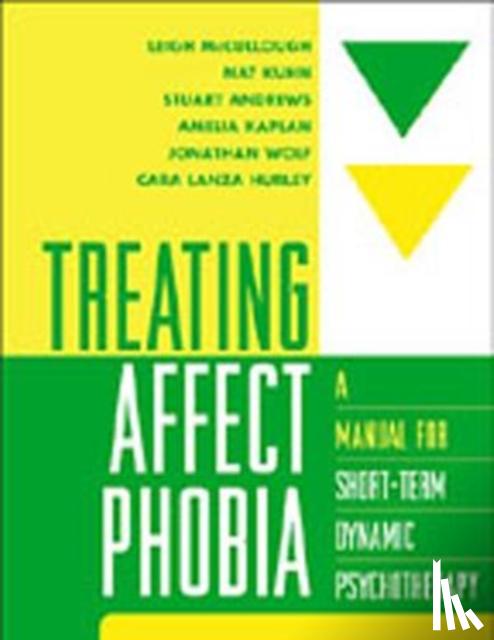Stel een vraag
Ik heb een vraag over het boek:
‘Treating Affect Phobia - McCullough, Leigh (Harvard Medical School, Kuhn, Nat (Harvard Medical School, Andrews, Stuart (Harvard Medical School, Kaplan, Amelia (The State University of New Jersey’.
Vul het onderstaande formulier in.
We zullen zo spoedig mogelijk antwoorden.


